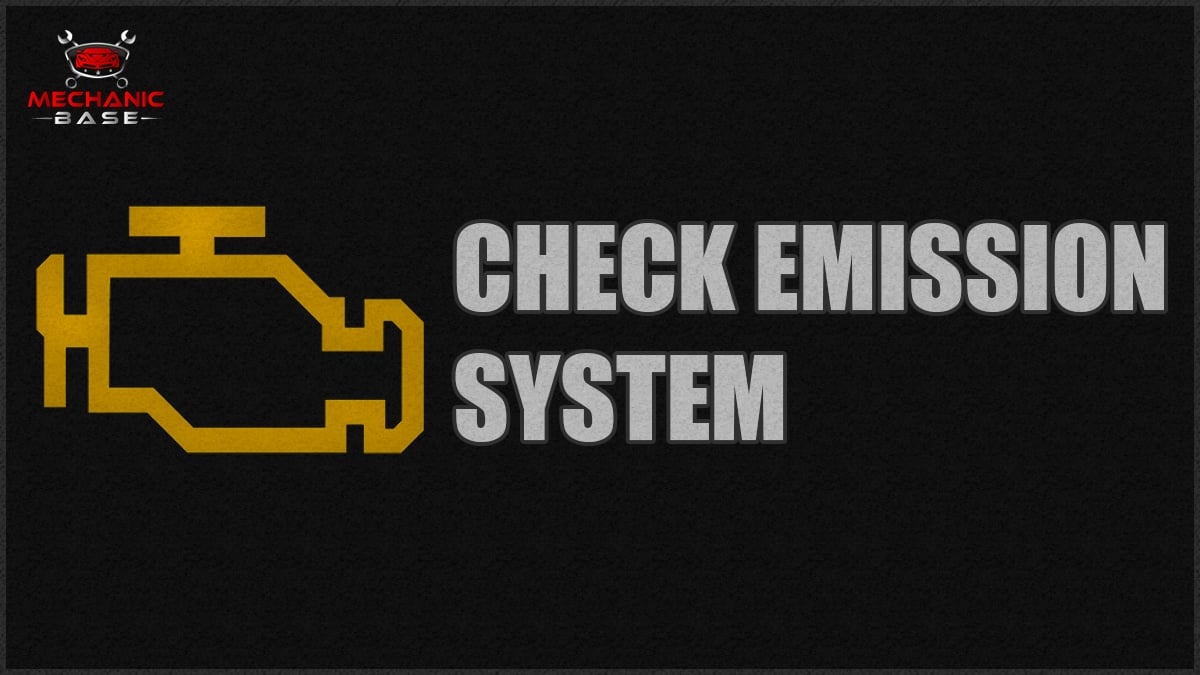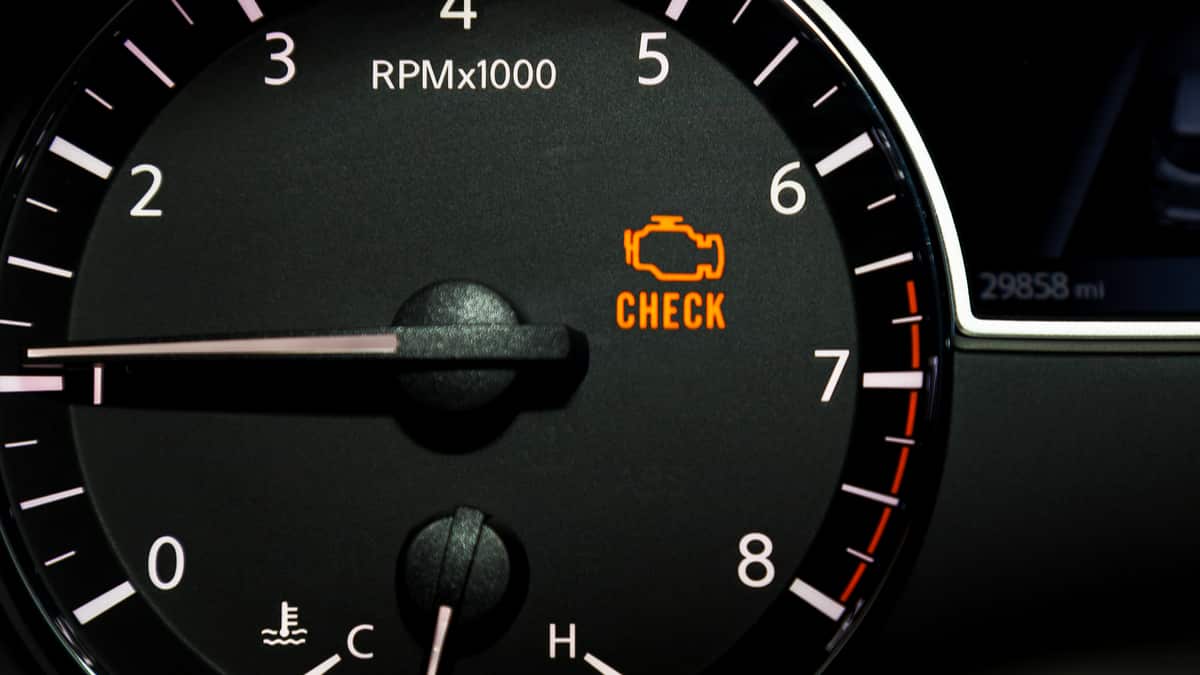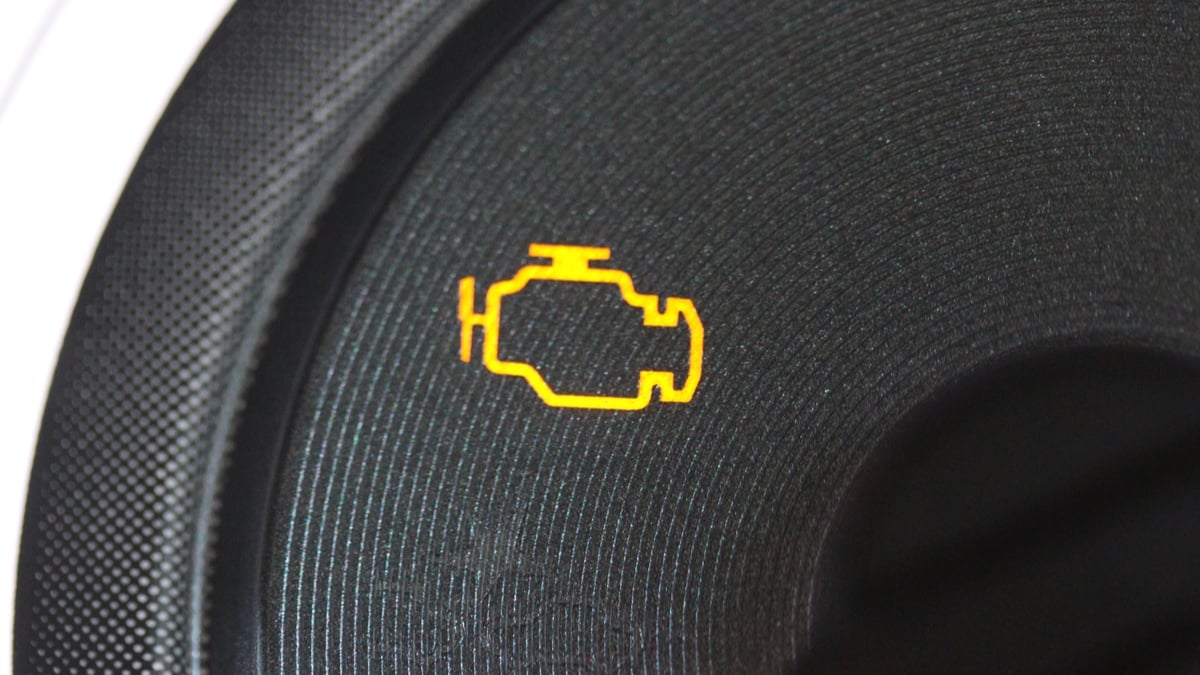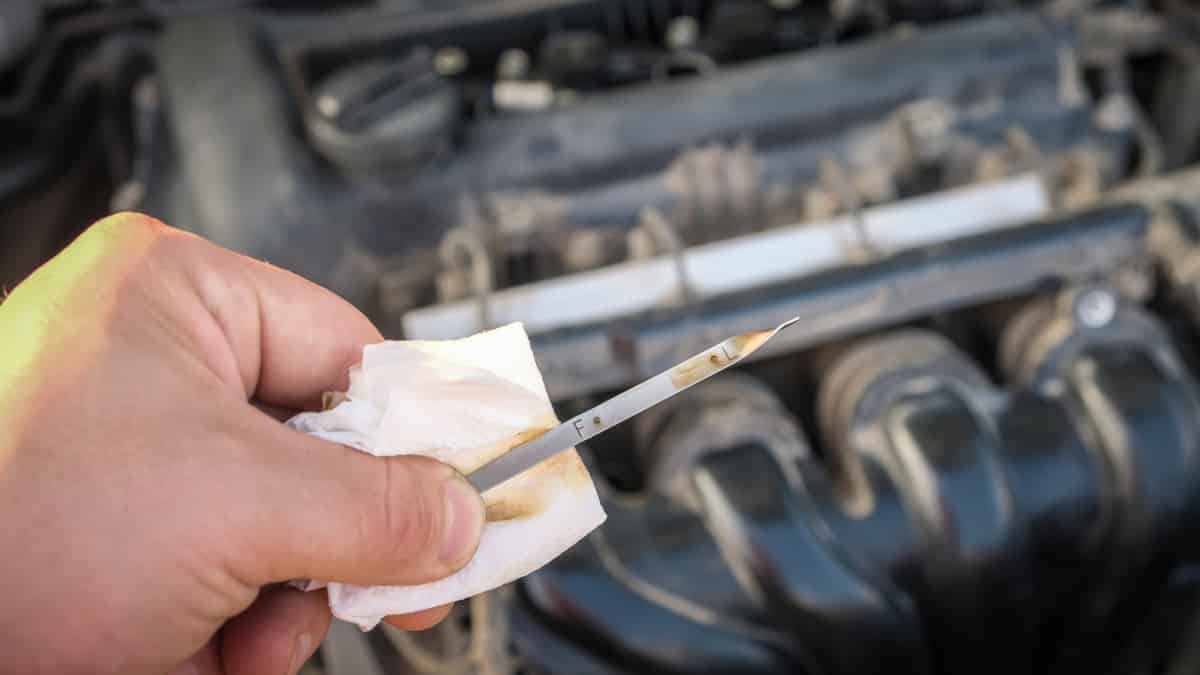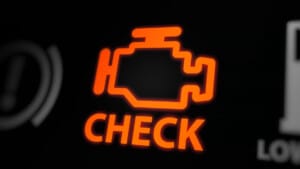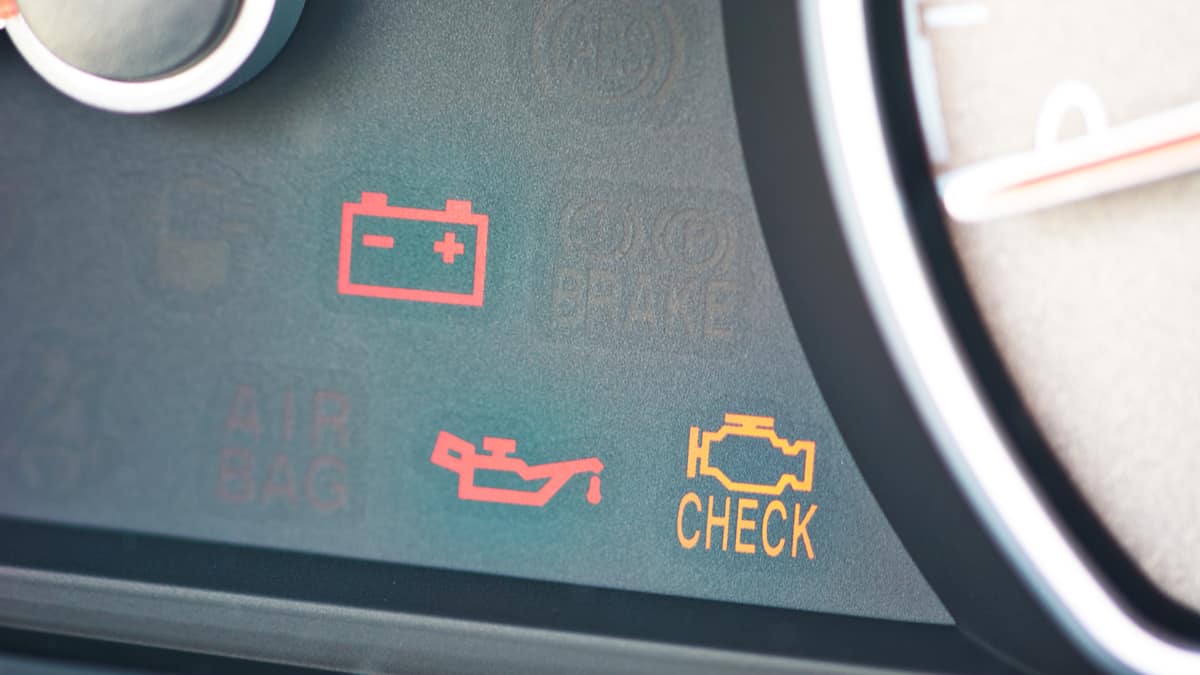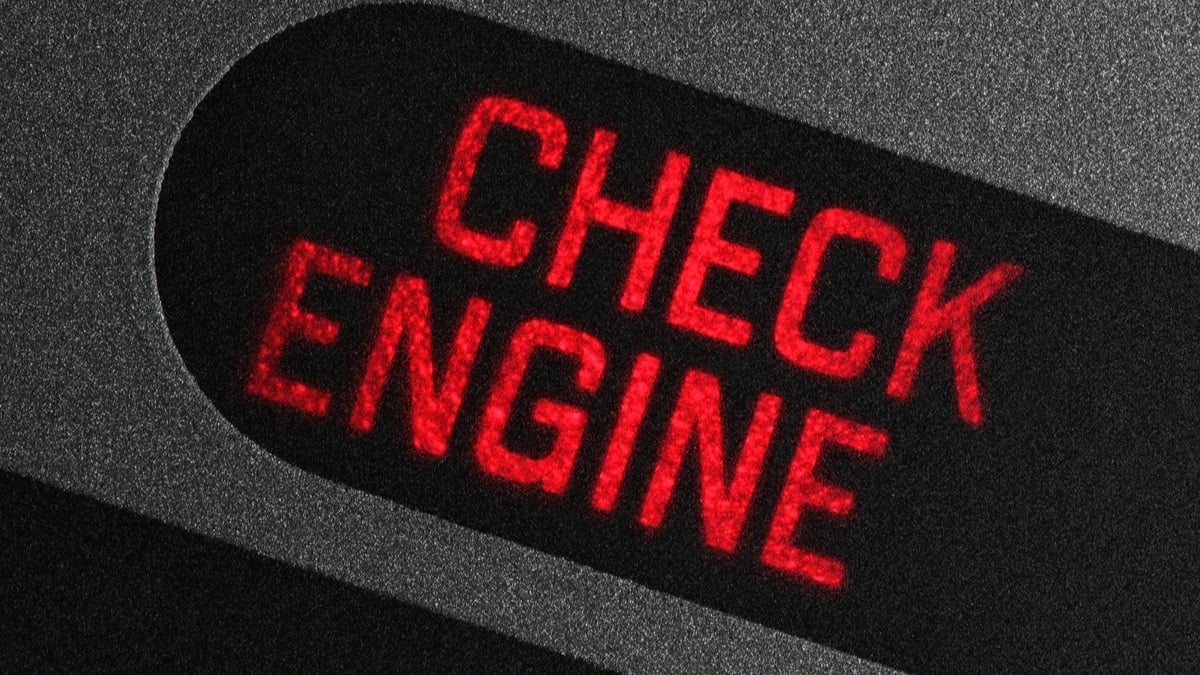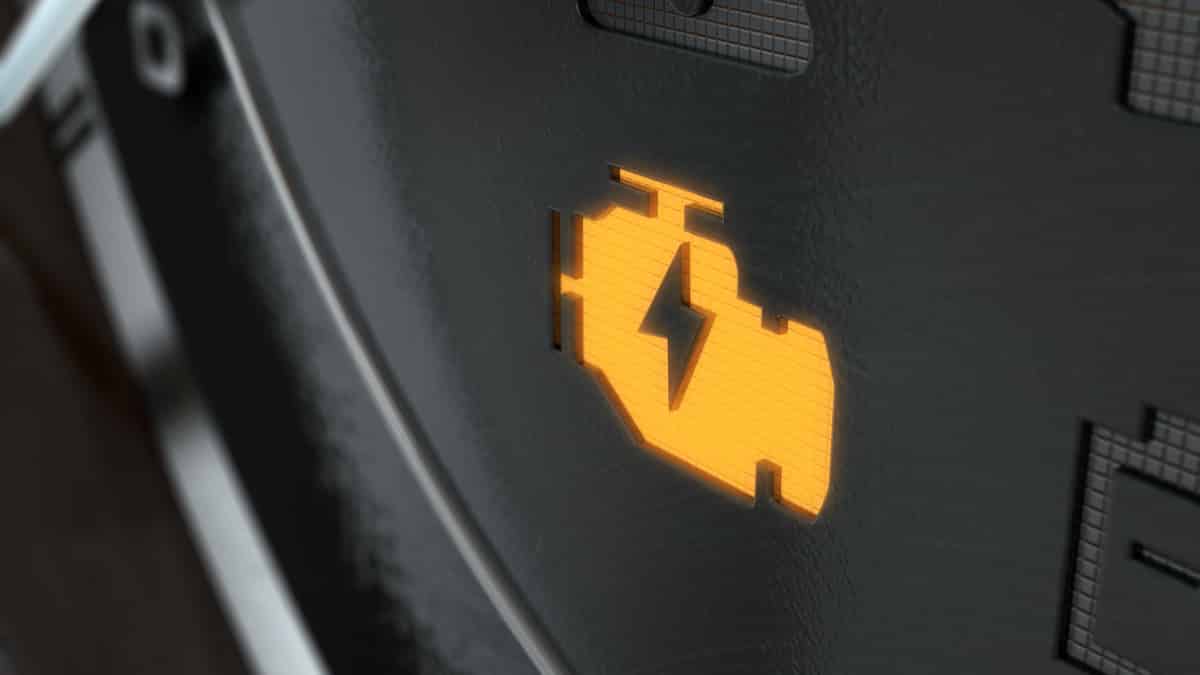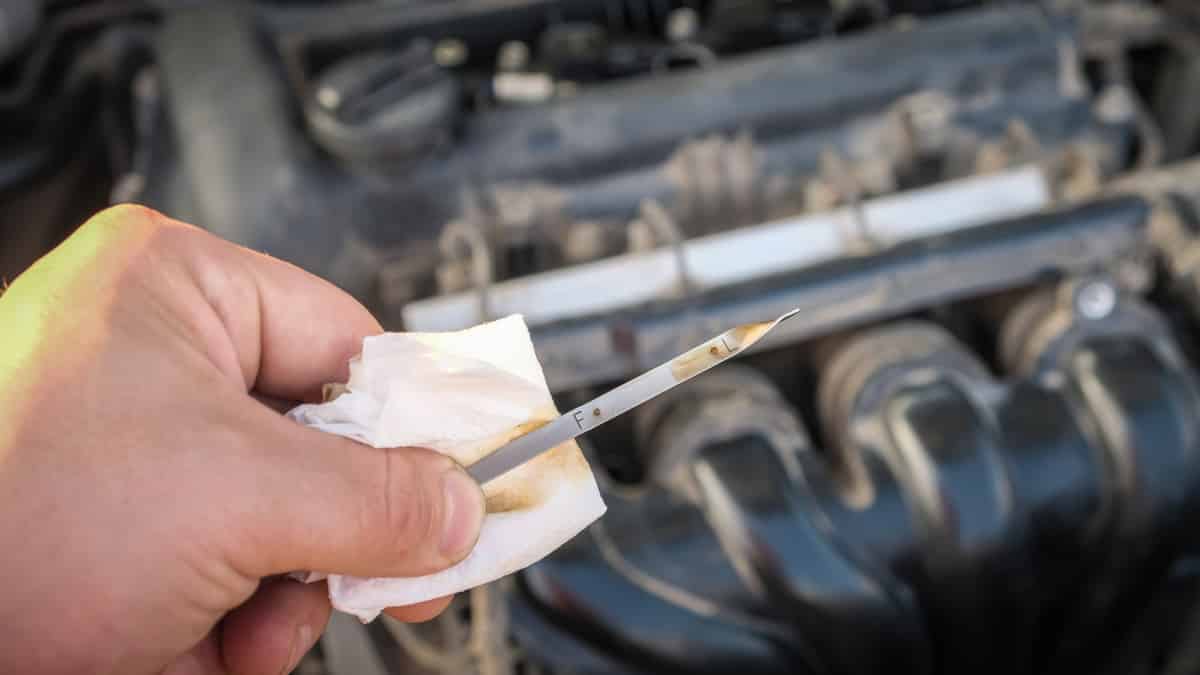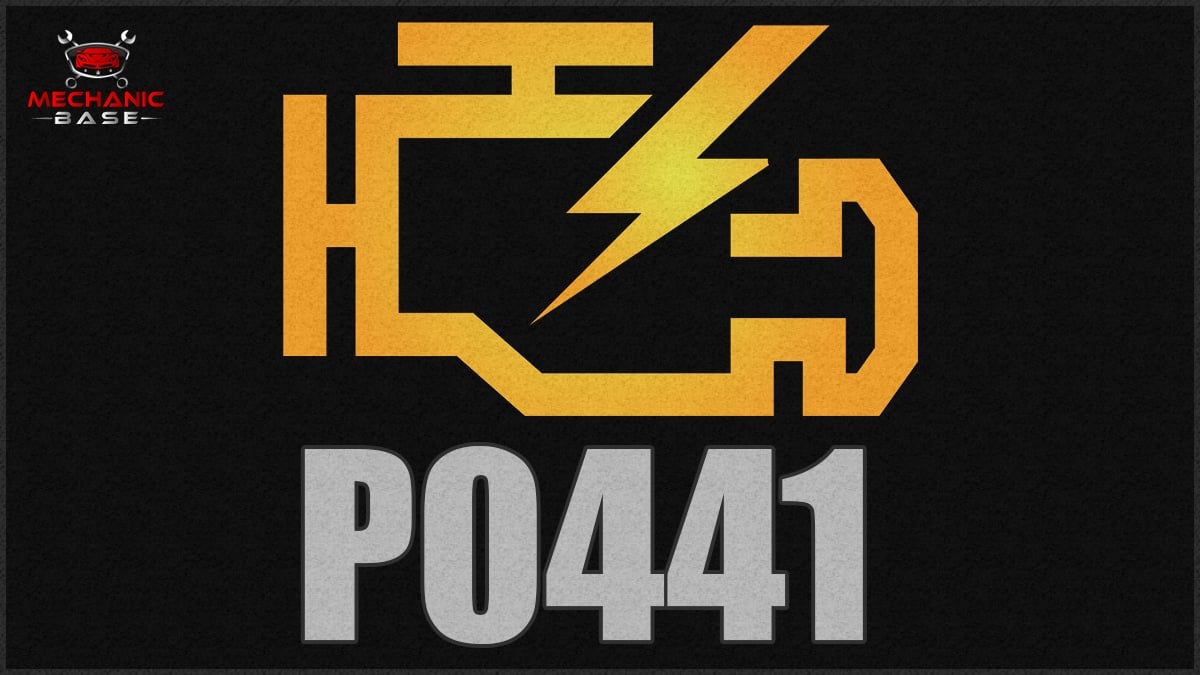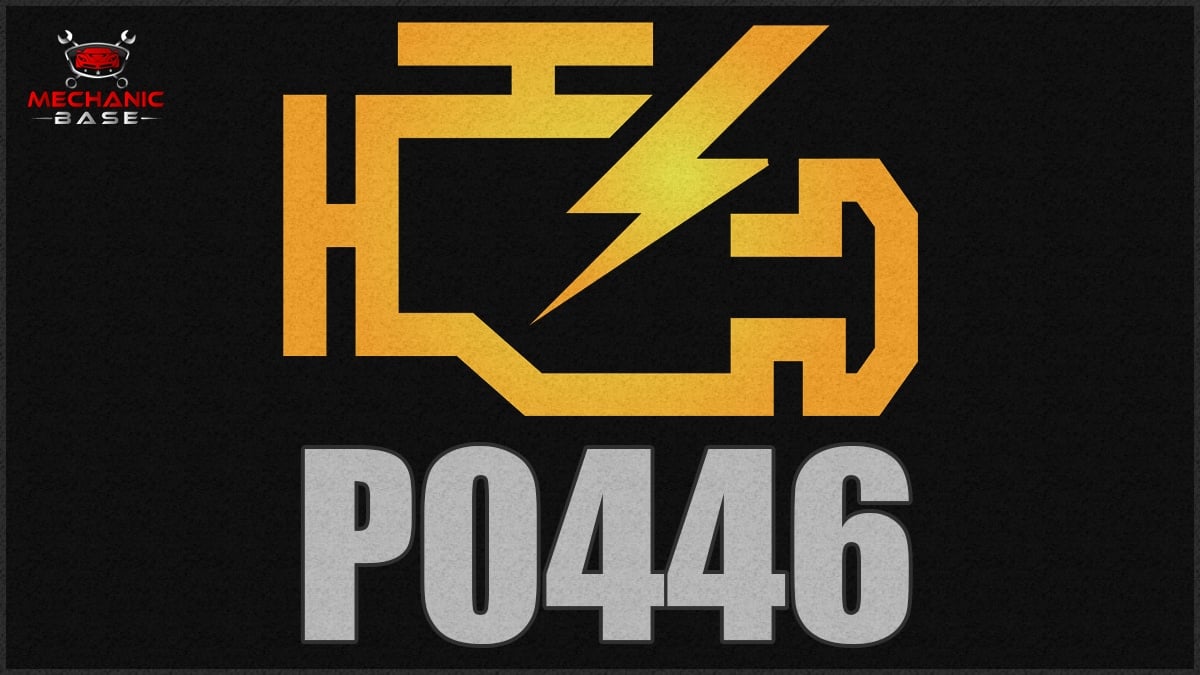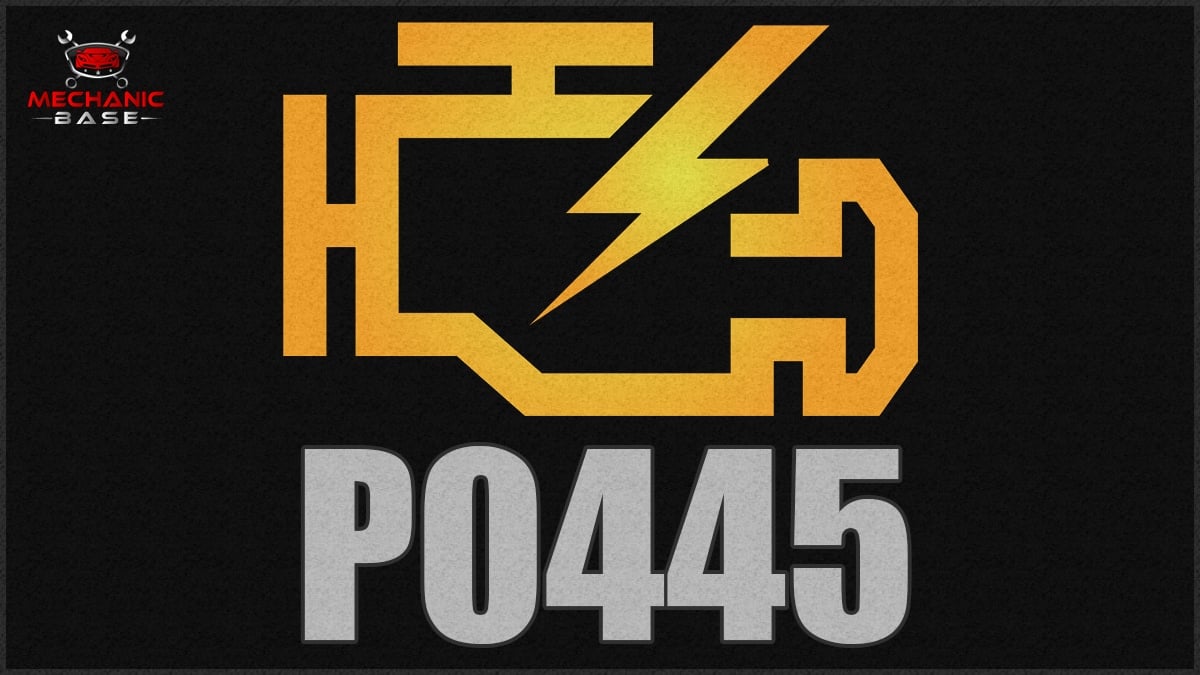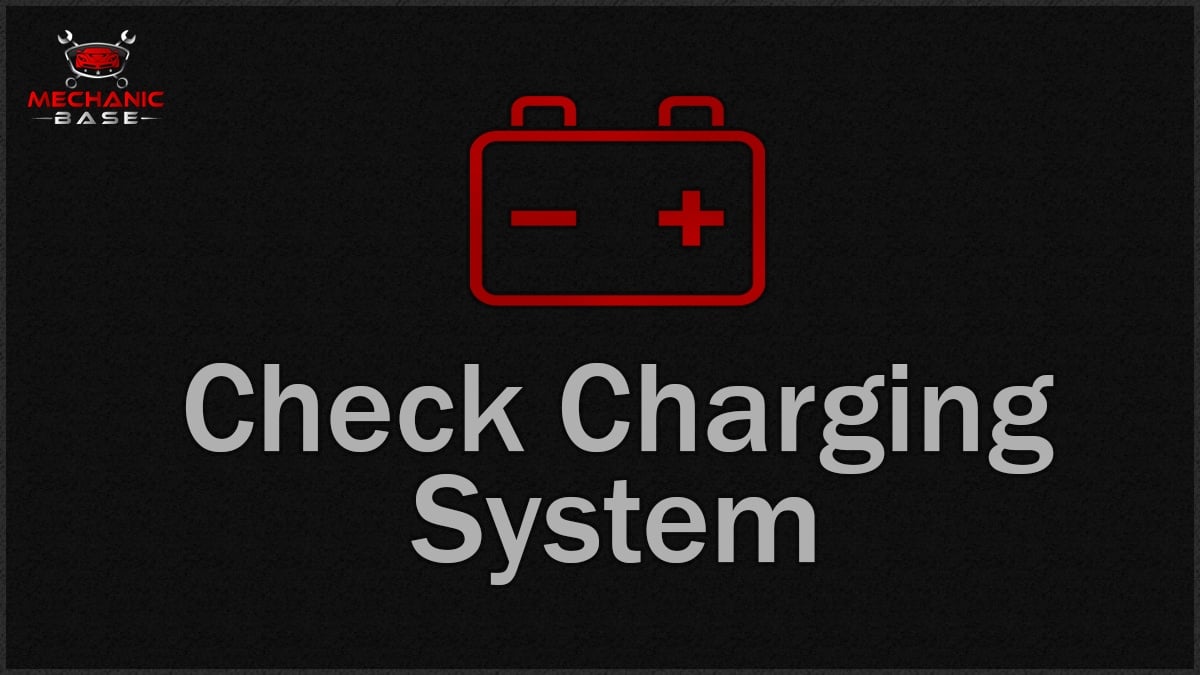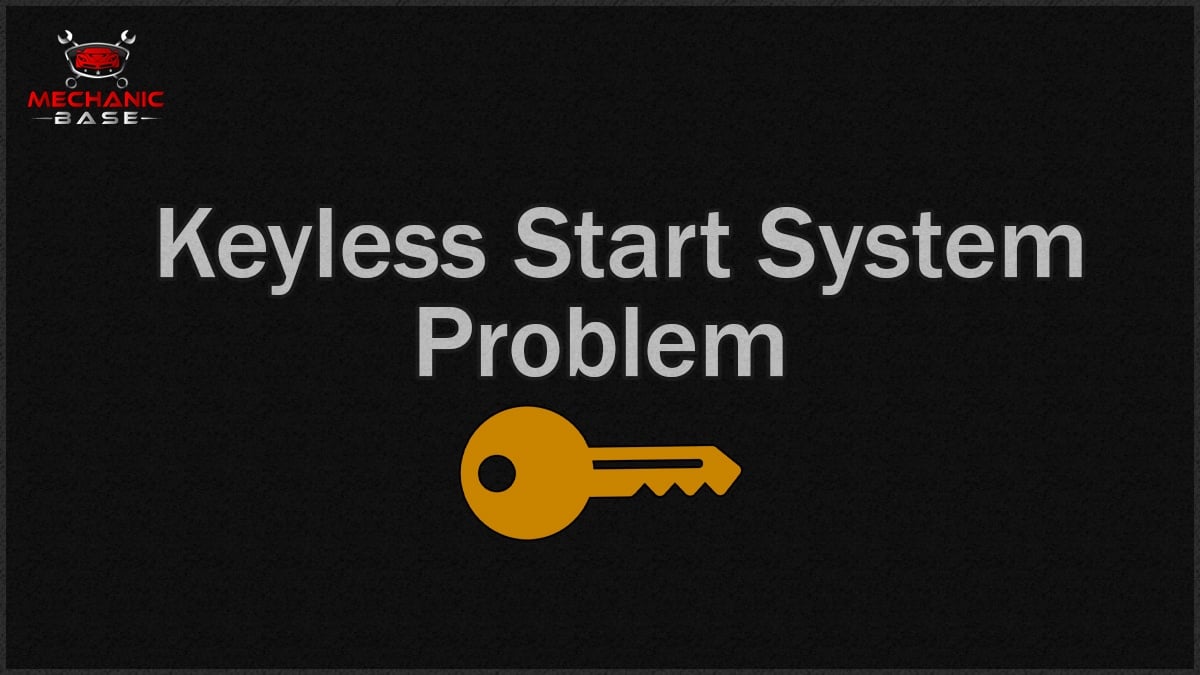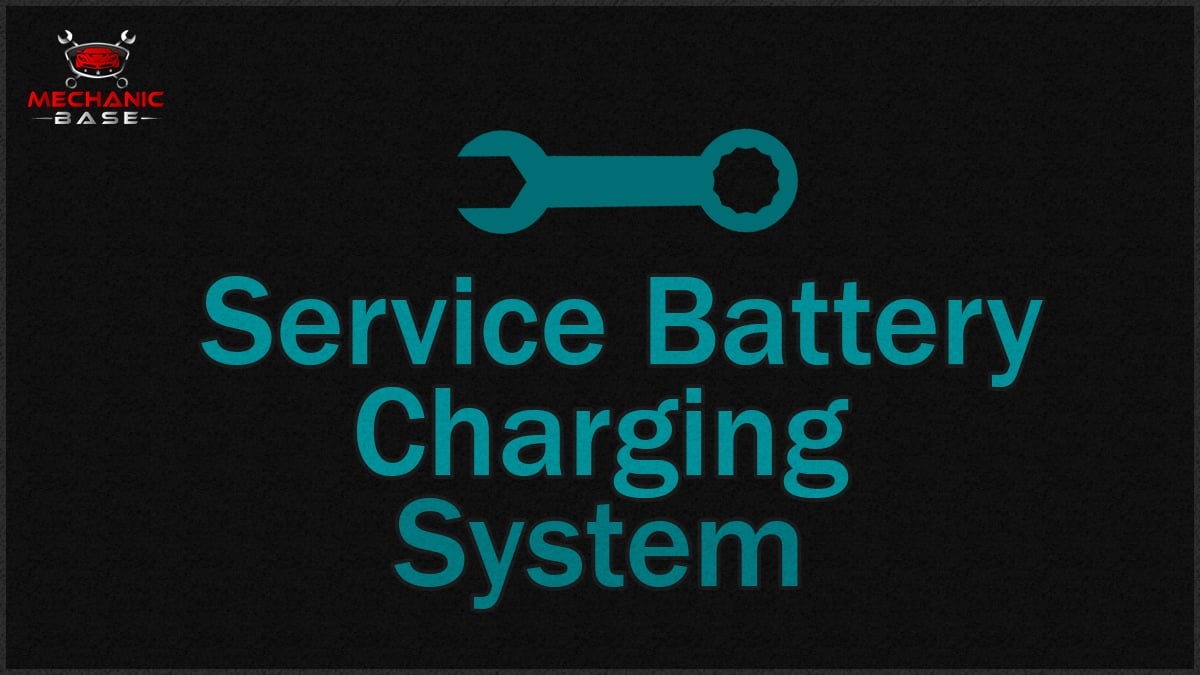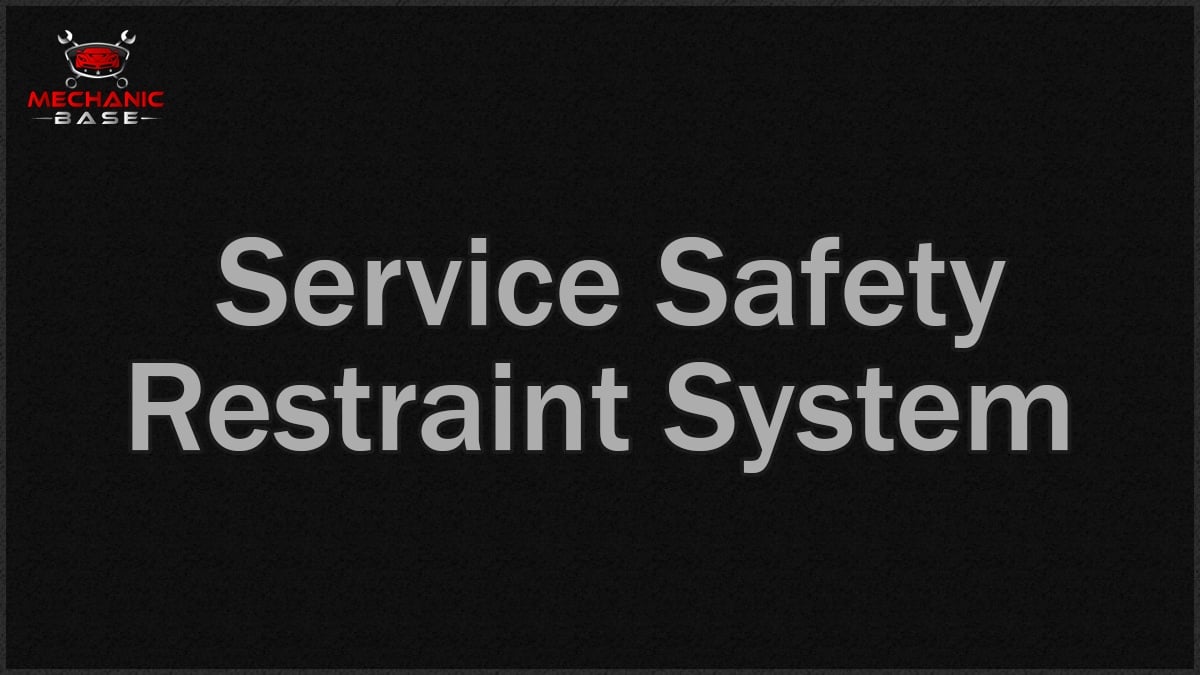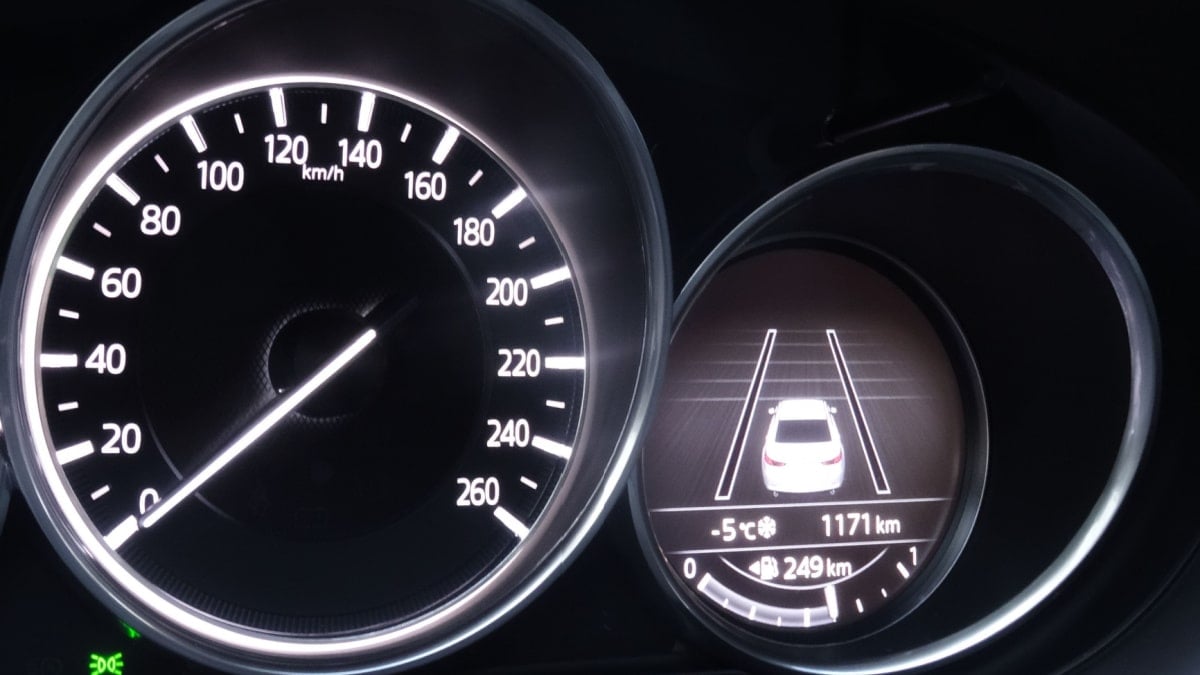Your car is equipped with an emissions system to ensure pollution remains at a minimum. With this sophisticated design, the failure of several components can lead to the Check Emission System Message on your dashboard.
In this guide, I cover the reasons you might see the Check Emissions System message. I also look at some of the fixes and the corresponding costs. At the end of the article, I determine if it’s safe to drive with this critical message on the dashboard.
What Does A Check Emission System Message Mean?
When the Check Emissions System message appears, it means that one of the components in the emissions system is not working properly. In many cars such as Hondas or Acuras, you will see this warning message instead of, or along with, the traditional Check Engine light.
The engine control module monitors all the engine sensors and actuators in the car engine. If there is a component that could cause problems with the emissions, the Check Emission System message will appear on the dashboard.
What Causes A Check Emission System Message?
The most common causes of a Check Emission System message are a faulty oxygen sensor, loose gas cap, dirty air filter, worn catalytic converter, or an exhaust or intake leak. However, it could be caused by almost any faulty engine sensor, so it’s important to read the trouble codes.
Here is a more detailed list of the common causes of a check emission system warning message on your dashboard:
1. Loose Gas Cap
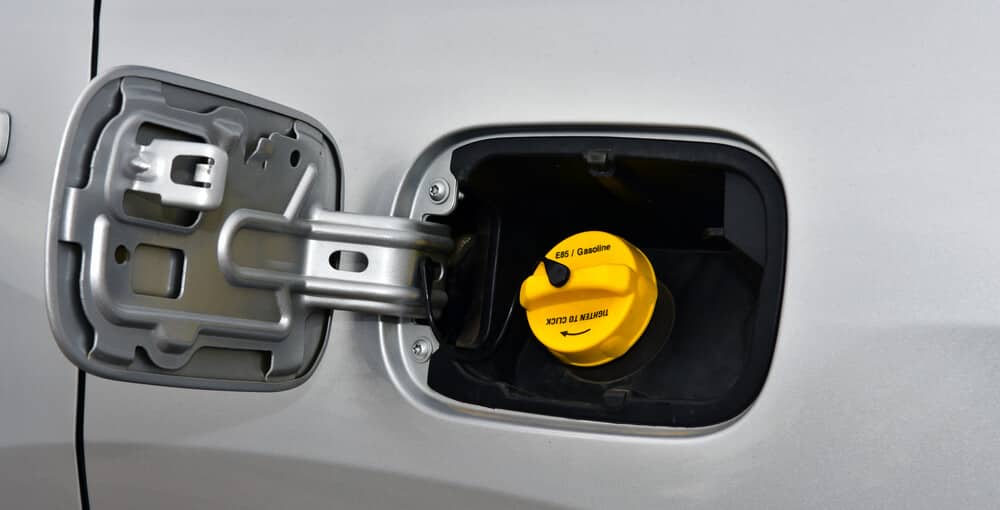
If you’ve recently been to a fuel station, you might have left the gas cap loose. It’s easy to get distracted by everything that’s going on around you at the gas station. This is one of the most manageable problems to deal with that causes the Check Emission System message.
It can also lead to a Check Engine Light, which is always troublesome. Aside from being loose, it’s possible that the gas cap has become damaged or broken. Furthermore, you might have misplaced the gas cap altogether, leaving the fuel filler neck open.
2. Bad Oxygen Sensor
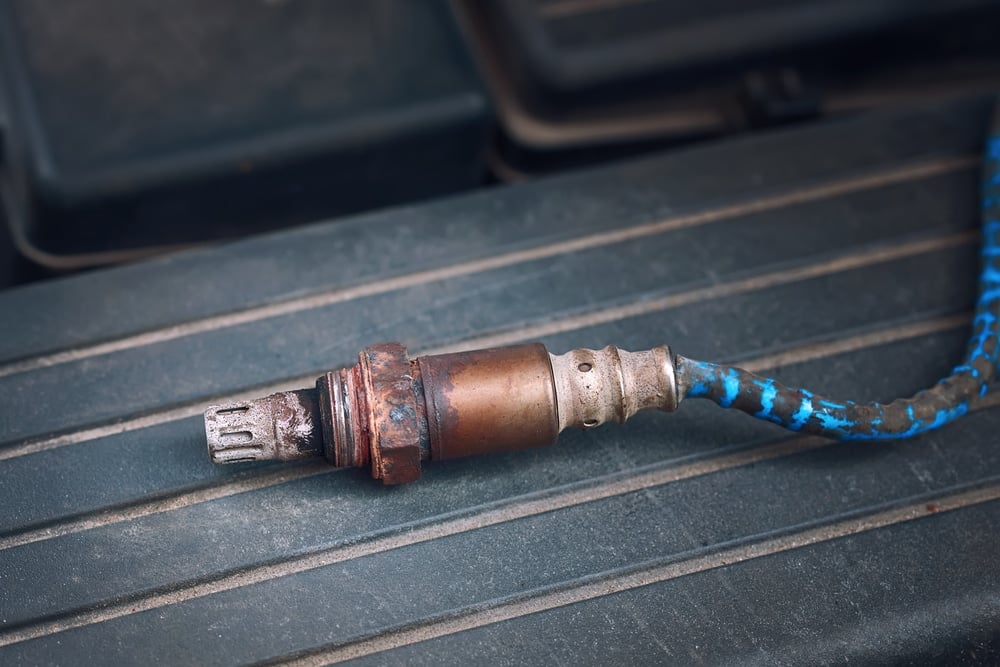
One of the most common emissions faults is a bad oxygen sensor. This sensor monitors how much oxygen is coming through the exhaust. Most cars have several of these sensors in various positions.
When the oxygen levels are too high or too low, the engine will attempt to make appropriate modifications. If there’s still an imbalance, the Check Emission System and Check Engine lights can come on.
3. Dirty Air Filter

There’s an air filter in the engine that is needed to remove impurities from the flow entering the motor. If the air filter becomes contaminated, the flow might decrease.
Since the engine needs a particular amount of air and fuel to create the proper amount of power, any imbalance in this ratio can cause the warning lights to come on. You might also notice some performance issues because the engine is starving of air.
RELATED: 8 Symptoms of a Dirty Air Filter
4. Worn-Out Catalytic Converter
The catalytic converter is another culprit of the warning lights. This vital part is needed to convert the harmful emissions coming out of the exhaust into something safer for the environment.
Over time, the precious metals inside the converter break down. These materials are needed to create the chemical reaction that converts the gases.
RELATED: 9 Symptoms of a Bad or Clogged Catalytic Converter
5. Exhaust or Intake Leak
If there’s an exhaust leak anywhere in the exhaust system, the warning lights can come on the dash. It’s difficult to determine where the exhaust leak is and what’s causing it because of how many components you are dealing with.
Your problem could be something as small as a loose clamp or bolt. On the other hand, the manifold or an exhaust pipe could also be cracked.
You’ll also want to inspect the intake system to make sure there aren’t any cracked hoses causing a vacuum leak.
RELATED: Engine Vacuum Leak: Symptoms & Causes
6. Engine Sensor
The check emission system message can appear due to a problem with almost any car sensor on your car engine, which is why it is important to read the error codes. I will talk more about these later in the article.
Some other common engine sensors that can cause this problem are the MAF sensor, the MAP sensor, the engine coolant temperature sensor, and the intake air temperature sensor.
Check Emission System Message Fixes
To fix the check emission system message, you need to inspect the gas cap and make sure it’s properly tightened. Then, you need to read the trouble codes with an OBD2 scanner and continue troubleshooting with the information you got from those codes.
1. Inspect/Replace Gas Cap
The easiest solution is to take a peek at your gas cap. If you left it off slightly, a simple adjustment will get you back on the road quickly. It’s also possible that the gas cap is broken, which would require a replacement.
Thankfully, replacing a gas cap doesn’t need to be expensive. On average, you might only spend $10 to $25 for a new gas cap.
2. Check Trouble Codes
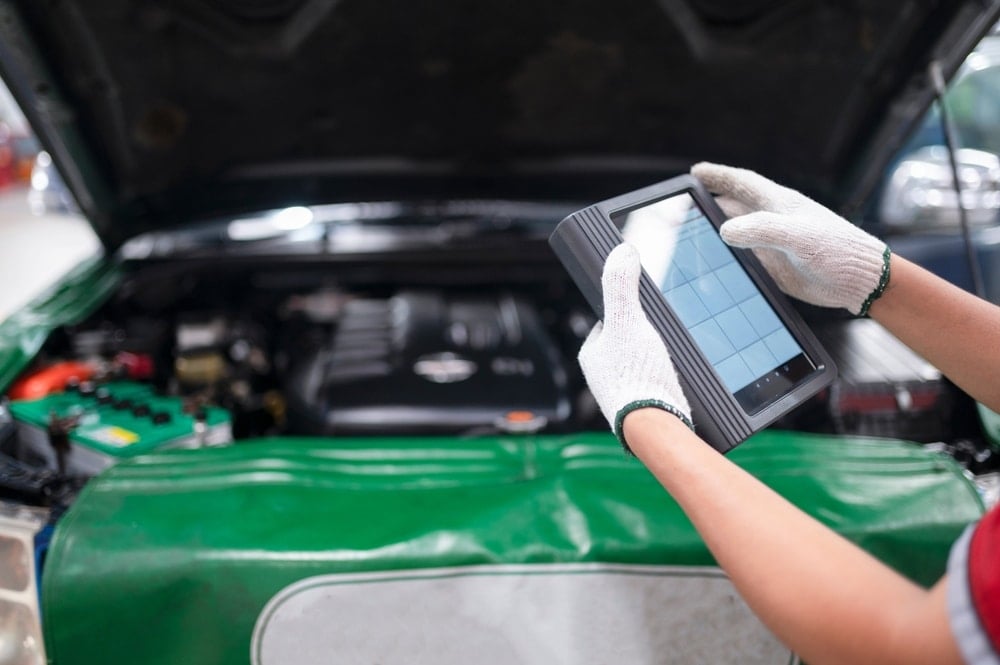
If the gas cap isn’t to blame, it’s time to scan the engine for codes. With your OBDII code scanner, you can pinpoint where the problem lies. When the check emission system message appears, there is a trouble code stored in the engine control module that you will want to read, as it will make troubleshooting much easier.
In some cases, the solution might be self-explanatory, making it easy to fix. Other times, you have to do further troubleshooting to figure out what’s going on. As an example, you might see a code that shows one of the oxygen sensors is bad, but trying to figure out which one can be more complicated. You might need to reference your car’s service manual for more guidance.
3. Replace Engine Air Filter
If your codes indicate that there is an issue with the airflow or air-fuel mixture, checking and replacing the filter might be a good option. Check the air filter. If it’s dirty, you need to replace it. With most vehicles, it’s simple to replace the air filter with some basic tools.
It also doesn’t cost much to replace the air filter. On average, you may spend $20 to $75 for this replacement if you can do it yourself.
4. Look for Exhaust and Intake Leaks
If you aren’t accustomed to finding an exhaust leak, you may need some help with this step. There are special smoke machines that can be done to find the leak.
Obviously, if you see a physical defect in a pipe or the muffler, you already know where the leak is coming from, making it easier to fix. Otherwise, it could cost you two to three hours of diagnosis from a shop to figure out the problem. Additionally, fixing the exhaust leak will vary in cost from $100 to $2,000, depending on what’s wrong.
You also want to look for intake leaks. On many Honda and Acura engines, you need to check the large hose between the MAF sensor and the intake manifold for cracks.
RELATED: How to find a Vacuum Leak & How to Fix It (8 Easy Steps)
5. Diagnose the Catalytic Converter
If you see a P0420 code with the code scanner or another code related to the emission, you want to check the catalytic converter. Above all, you don’t want to deal with a failed catalytic converter. It’s one of the most expensive fixes – not because it’s difficult to do, but because of the high price of parts due to the precious metals.
On average, you can spend $900 to $2,500 on this repair. Your best bet is to keep the cat in optimal condition to ensure a replacement isn’t needed. To do this, you want to keep the engine tuned up and remember to replace any failed parts as soon as you can.
RELATED: How Much Does a Catalytic Converter Replacement Cost?
6. Ask for More Help
Many of these fixes are simple for the average household mechanic. Whether you are replacing a gas cap, changing an air filter, or reading trouble codes, you should have no trouble resolving the issue on your own.
However, there are many more complicated issues you could be facing. If you aren’t familiar with these problems, or you are unsure how to fix the warning light, it’s best to get help from a professional. In these cases, you want to search for a reliable mechanic in your area that can get the problem fixed quickly.
While price should be a main factor in who you choose, don’t automatically pick the cheapest mechanic. Instead, you want one with good reviews who seems to care about their customers. You may even get a warranty on the work that’s performed, giving you further value for your money.
Can I Drive With the Check Emission System Message On?
If the Check Emission System message is on your dashboard and nothing else is illuminated, it might be okay to continue driving for a short time. However, it’s difficult to tell, because you won’t yet know what’s wrong with the vehicle. Ideally, you would only drive the vehicle home so you could diagnose what’s going on.
For several reasons, I don’t recommend driving with the light on if you can help it. For starters, with the light on, you may not know when something more serious occurs. Additionally, you could start facing performance issues that make it more difficult to drive your vehicle. This could occur at any time, with no warning.
It’s also not a safe practice to get into. If the car starts acting up while you are driving, you could cause an accident. For example, if the car starts stalling because of performance problems, you could get rear-ended and face injury.
Your car is also not going to pass emissions testing if this light is on. If you live in an area where you need to have your emissions tested, you want to repair the problem before your appointment.
Finally, driving with a faulty emissions system can cause damage to other parts of the car. For example, if you are driving with a bad oxygen sensor, you could be putting more wear on the catalytic converter. As I discussed previously, the cost of replacing the converter is much more than you want to deal with, so it’s better to replace the broken part immediately.
How much does it cost to fix a check emission system light?
There is no way to tell how much it will cost to fix the check emissions system message without first diagnosing the problem. It can be as simple as a broken gas cap, which can cost $10 to $25, but it can also be caused by a bad catalytic converter, which can cost $1,500 or more.
Can bad spark plugs cause bad emissions?
Yes. Bad spark plugs can cause misfires in the combustion process, resulting in unburned fuel leaving the engine through the exhaust. This can be detected by the oxygen sensor as bad emissions.
How long can I drive with a check emission system light?
It is best not to drive at all with the Check Emissions System light on, as it can potentially damage other expensive parts, such as the catalytic converter. When you see the Check Emissions System message, the first thing you want to do is diagnose the problem with a diagnostic scanner.
What does the check emission system message on a Honda or Acura mean?
The check emission system message on a Honda or Acura means that there is an issue with the emission system. The most common reasons for this are a loose gas cap, faulty oxygen sensor, exhaust leak, intake leak, or dirty air filter. However, you want to diagnose the issue with an OBD2 scanner before doing any repairs.
If you see the “Check Emissions System” message on your car’s dashboard display, don’t ignore it. The problem could be as simple as a loose gas cap or an intake leak, but it could also indicate a more serious problem, like a bad catalytic converter.
In either case, if you feel you don’t have the knowledge to tackle the problem yourself, you should have your car checked by a mechanic to make sure everything is working. By taking care of your car’s emissions system, you can help keep the air clean and reduce your impact on the environment.
Learn more:
- Check Engine Light After Oil Change – Causes & How to Fix
- Check Engine Light Flashing? (Here’s What to Do)
- How to Reset a Check Engine Light (5 Easy Methods)
Categories: Exhaust, Warning Lights
